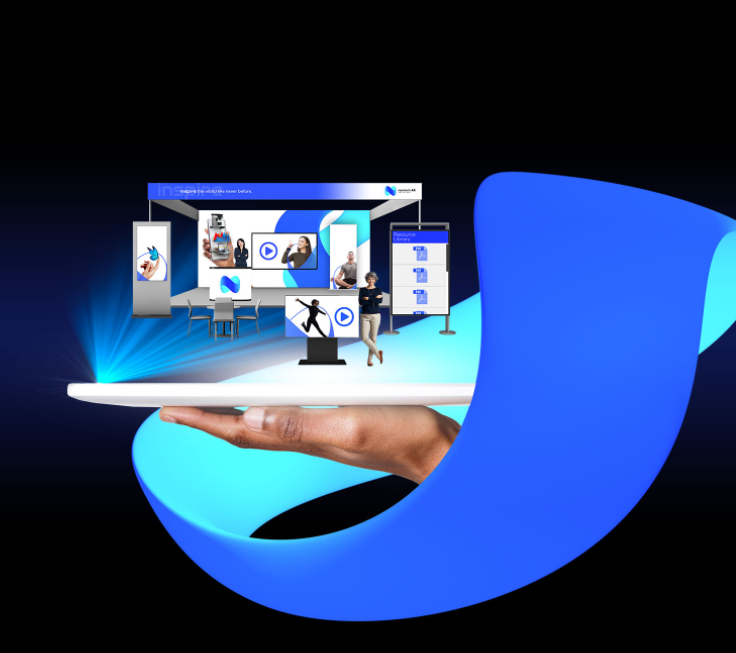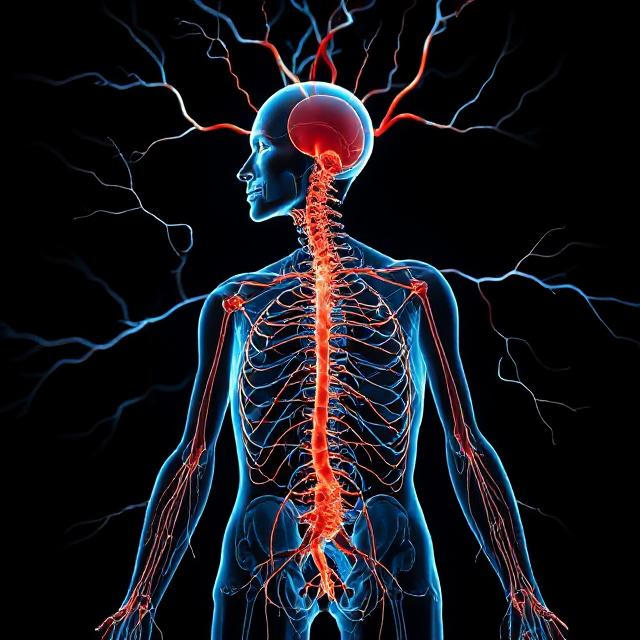Augmented Reality is transforming industries across the board, and healthcare is no exception.
By superimposing digital information onto the real world, AR offers medical professionals the tools they need to visualize, analyze, and interact with complex biological systems in unprecedented ways.
From enhancing surgeries to improving diagnostic accuracy, AR is reshaping patient care, education, and operational efficiency in healthcare.
Revolutionizing Surgical Procedures
AR has emerged as a game-changer in surgical settings because it provides surgeons with enhanced visualization tools.
Through AR headsets or devices, surgeons can access 3D overlays of anatomical structures in real-time. And this can help guide them through complex procedures with pinpoint accuracy.
For instance, AR can map out blood vessels or organs during minimally invasive surgeries and reduce the risk of errors while improving patient outcomes.
And with platforms like Nextech3D, AR’s role becomes even more impactful.
Imagine a scenario where surgeons can practice a procedure in a fully immersive AR environment before entering the operating room.
Nextech3D’s capabilities allow for the creation of hyper-realistic 3D models that are tailored to individual patients.
Improving Diagnostic Accuracy
Diagnoses often rely on interpreting scans and medical imaging, but AR can take this process to the next level.
By layering imaging results over a patient’s body, AR enables doctors to pinpoint abnormalities with greater clarity.
For example, AR applications can enhance ultrasound readings by providing a detailed view of internal organs in real-time, helping physicians detect issues earlier and more accurately.
Incorporating tools like Nextech3D’s advanced modeling capabilities can further enhance diagnostic precision.
Physicians can explore 3D visualizations of a patient’s anatomy, aiding in the early detection of diseases and better communication of findings to patients and medical teams.
Enhancing Medical Training And Education
The medical field’s reliance on hands-on learning makes AR an invaluable resource for training and education.
AR simulations provide students and professionals with a risk-free environment to practice procedures, understand complex anatomical systems, and refine their skills.
By interacting with realistic 3D models, trainees can gain a deeper understanding of surgical techniques and diagnostic processes.
Simplifying Patient Communication
One of the most significant challenges in healthcare is ensuring patients fully understand their medical conditions and treatment options.
AR bridges this gap by offering interactive visualizations that simplify complex medical information.
For instance, AR can transform a CT scan into a 3D model that patients can explore, making it easier for them to grasp their diagnosis and treatment plan.
The Future Of AR In Healthcare
As AR technology continues to advance, its applications in healthcare will only grow.
From remote surgeries powered by AR-guided robotics to wearable devices that provide real-time health monitoring, the possibilities are endless.






